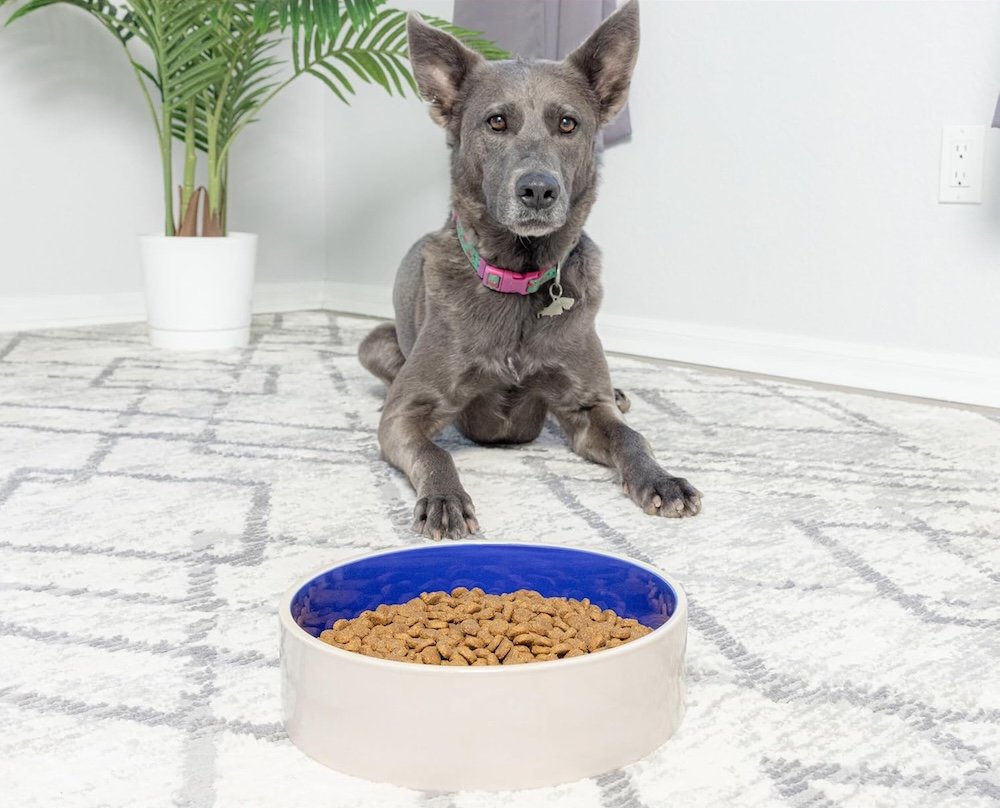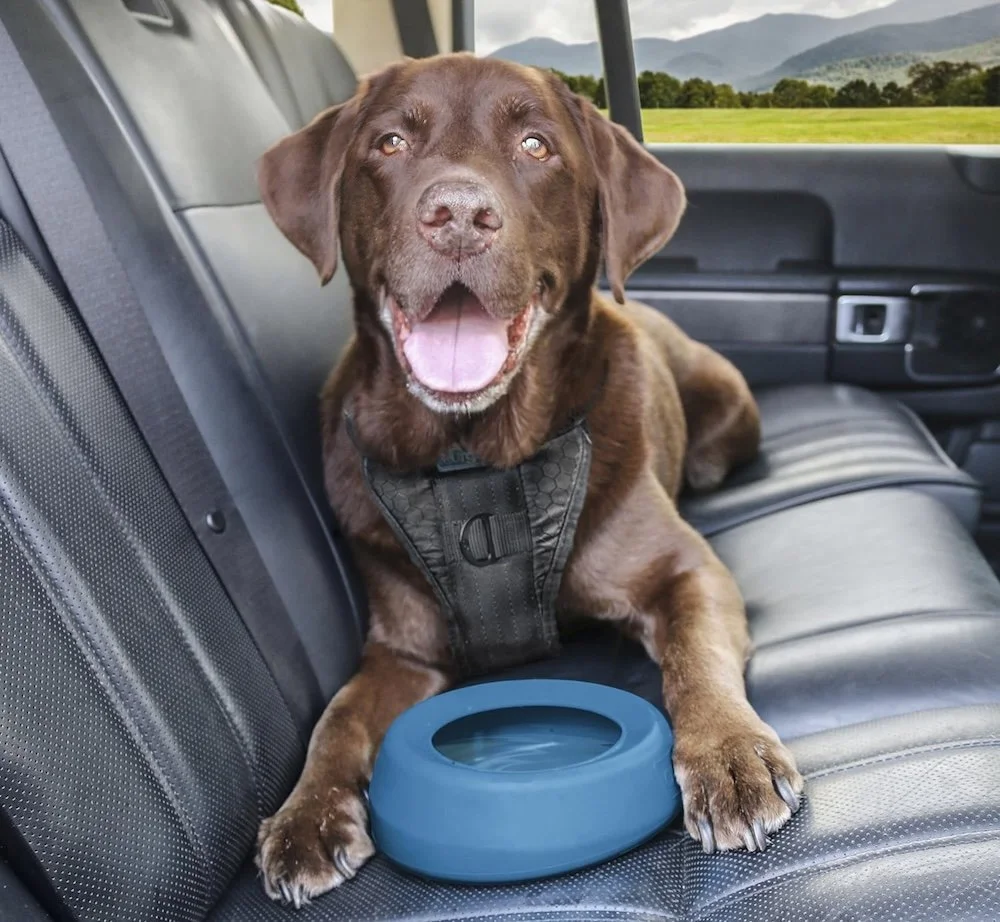Choosing the Right Food & Water Bowls: Stainless, ceramic or silicone?
Your dog’s food and water bowls may not seem like a big deal—but they’re a daily part of your pet’s life that can affect health, hygiene, and overall comfort. The right bowl keeps mealtime safe, prevents bacteria buildup, and even helps avoid skin or digestive issues.
So, which is best: stainless steel, ceramic or silicone? Here’s what we recommend:
Why Bowl Material Matters
Your dog uses their bowl several times a day, every single day. Over time, the wrong material can cause problems like:
Bacteria or mold buildup
Cracks or chips that trap germs
Leaching of unsafe chemicals into food or water
Allergic reactions or “doggie acne” around the mouth
Choosing a safe, durable material now helps protect your pup’s health (and saves you from frequent replacements).
Stainless Steel: The PPM Favorite
An example of a steel bowl set.
If we had to pick one go-to option, stainless steel would win every time. It’s durable, sanitary and easy to keep clean — ideal for everyday use.
Why We Recommend It:
Most hygienic choice: Non-porous surface resists bacteria and odor buildup.
Built to last: Won’t chip, crack or absorb smells.
Simple upkeep: Dishwasher safe and low maintenance.
Long-term value: One quality bowl can last for years.
Things to Watch:
Can be noisy if it slides or clanks, so use a mat underneath.
Deep scratches can trap bacteria, be sure to replace when worn.
Skip decorative coatings or painted finishes, they can chip or peel.
Best For: All dogs, especially those who are messy eaters or prone to skin irritation.
Ceramic Bowls: Stylish but Handle with Care
An example of a ceramic bowl.
Ceramic bowls look beautiful and feel solid, but they come with some caveats.
Pros:
Heavy and stable, great for dogs who push their bowls around.
Plenty of design options to match your space.
Easy to clean when the glaze is intact.
Cons:
Can crack or chip easily, allowing bacteria to grow.
Some glazes (especially on imported bowls) may contain lead, always check for lead-free, food-safe labels.
Heavier and less travel-friendly.
Best For: Calm, indoor dogs whose bowls stay in one place. Inspect often for cracks or wear.
Silicone Bowls: Great for Travel and Convenience
An example of a silicone bowl good for travel.
Lightweight and flexible, silicone bowls are perfect for on-the-go feeding or outdoor adventures.
Pros:
Foldable and portable, ideal for hikes or road trips.
Non-slip and quiet during meals.
BPA-free and easy to clean.
Cons:
Can tear or absorb odors over time.
Not ideal for strong chewers or large dogs who eat with gusto.
Best For: Travel, car rides, and as a backup feeding option..
Keeping Mealtime Clean and Safe
No matter the bowl, good hygiene is key:
✅ Wash daily: Use warm, soapy water or the dishwasher.
✅ Use separate bowls: Especially if one pet is sick.
✅ Inspect often: Replace scratched, chipped, or worn bowls.
✅ Choose the right fit: Proper size and height make eating comfortable.
✅ Keep the area tidy: Use a washable mat and clean up spills to prevent bacteria and pests.
Dr. Perry’s Tip
For most dogs, stainless steel is the safest and cleanest choice. Ceramic bowls are fine if you love the look—just keep them in good shape. And silicone bowls are great to have on hand for trips or outdoor meals.
If your pet has skin irritation, acne under the chin, or recurring digestive issues, switching to a stainless steel bowl can sometimes make a surprising difference.
The Bottom Line
Your dog’s feeding setup should do more than look cute, it should keep them healthy and comfortable.
Choose stainless steel for everyday use.
Use ceramic for style, with regular inspection.
Keep silicone for travel and backup.
When in doubt, ask Dr. Perry for personalized recommendations based on your dog’s breed, habits and health. A few smart choices now can mean healthier mealtimes for years to come.
Need Personalized Guidance?
Dr. Perry and the Perry Paws Mobile team can help you choose the best feeding setup, evaluate your dog’s nutrition, and even check for mealtime-related skin or dental concerns—all from the comfort of your home.
🐾 Book an at-home vet visit today and make every meal a healthy, happy one!




